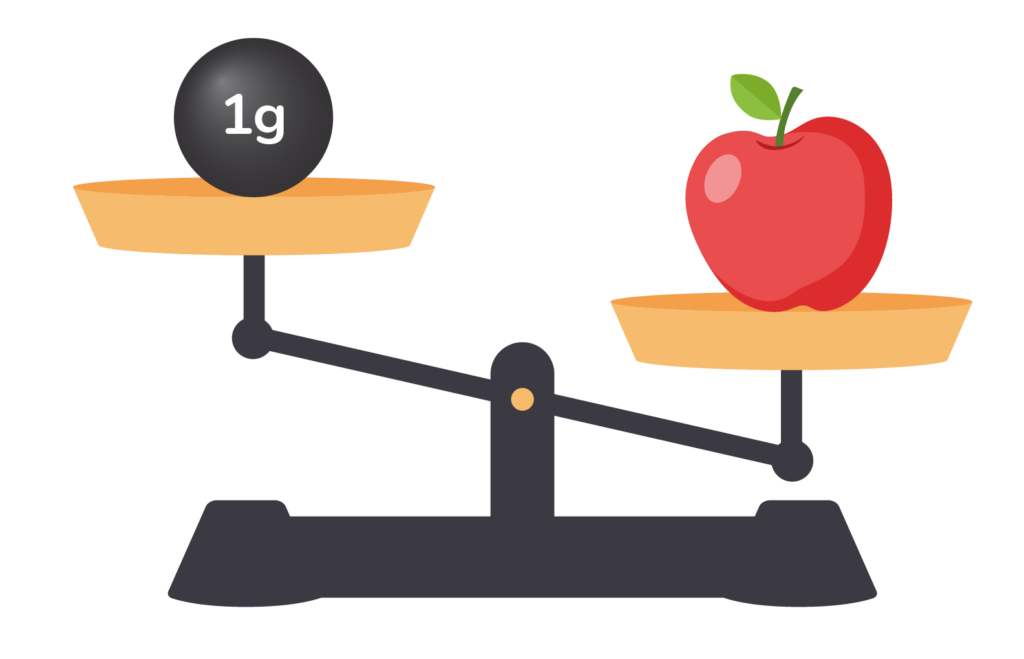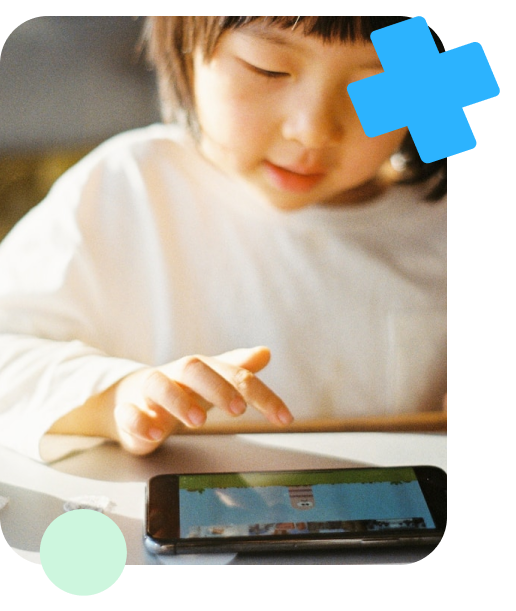Measurement exists in everything we do, from planning our daily schedule to baking a cake! Let’s learn how measurement can help us to understand the world around us.

Learning about the different units of measurement is easy with the right tools. Browse our selection of how-to guides and practice questions below!
A system of measurement that centers around grams, litres, and metres to measure weight, volume, and distance respectively. This is a decimal system and focuses on 10 and multiples of 10. It is commonly used around the world.
Volume is the measurement of the room an object takes up. It is calculated using a variety of formulas differed based on the shape of the object. Learn common volume formulas in this helpful guide.
Mass is the measurement of how much matter makes up a given object. Mass is often measured using a scale or graduated cylinder. Units used to measure mass include grams, kilograms, ounces, pounds, and tons.
Temperature is the measurement of how hot or cold something is depending on the movement speed of its molecules or its kinetic energy. It is measured using a thermometer. Common units of measurement are Fahrenheit, Celsius, and Kelvin.
Capacity is the measurement of how much an object can hold or contain before spilling over. You can use a graduated cylinder for this. Common units include millilitres, litres, fluid ounces, quarts, and gallons.
Ruler measurements measure the length of an object or the distance between two points. It is measured using a ruler or straight edge labeled with units of measurement such as millimetres, centimetres, and kilometres.
Unit conversion is changing a measurement from one unit to another while ensuring both numbers are equivalent. Common unit conversions include changing hours to minutes, Fahrenheit to Celsius, and metres to kilometres.
Time is told using the numbers on a digital clock or the hands on an analog clock. Time is told using hours, minutes, and seconds. Telling time is crucial to staying on track in your daily life!
Elapsed time is the time that exists between two specific points in time. It is determined using the start and end time of an event and is explained in terms of seconds, minutes, hours, days, weeks, months, and years.
A system of measurement that centers around grams, liters, and meters to measure weight, volume, and distance respectively. This is a decimal system and focuses on 10 and multiples of 10. It is commonly used around the world.
Volume is the measurement of the room an object takes up. It is calculated using a variety of formulas differed based on the shape of the object. Learn common volume formulas in this helpful guide.
Mass is the measurement of how much matter makes up a given object. Mass is often measured using a scale or graduated cylinder. Units used to measure mass include grams, kilograms, ounces, pounds, and tons.
Temperature is the measurement of how hot or cold something is depending on the movement speed of its molecules or its kinetic energy. It is measured using a thermometer. Common units of measurement are Fahrenheit, Celsius, and Kelvin.
Capacity is the measurement of how much an object can hold or contain before spilling over. You can use a graduated cylinder for this. Common units include millilitres, litres, fluid ounces, quarts, and gallons.
Ruler measurements measure the length of an object or the distance between two points. It is measured using a ruler or straight edge labeled with units of measurement such as millimetres, centimetres, and kilometres.
Unit conversion is changing a measurement from one unit to another while ensuring both numbers are equivalent. Common unit conversions include changing hours to minutes, Fahrenheit to Celsius, or pounds to ounces.
Time is told using the numbers on a digital clock or the hands on an analog clock. Time is told using hours, minutes, and second.
Elapsed time is the time that exists between two specific points in time. It is determined using the start and end time of an event and is explained in terms of seconds, minutes, hours, days, weeks, months, and years.
Time conversion involves taking a length of time and labeling it according to different yet equivalent time units. Common time unit conversions include changing minutes to hours, days to weeks, or minutes to seconds.
AM and PM are labels put on time used to distinguish between the first half and second half of the day on 12-hour clocks. AM or PM differentiates 3 in the morning from 3 in the afternoon.
Time conversion involves taking a length of time and labeling it according to different yet equivalent time units. Common time unit conversions include changing minutes to hours, days to weeks, or minutes to seconds.
AM and PM are labels put on time used to distinguish between the first half and second half of the day on 12-hour clocks. AM or PM differentiates 3 in the morning from 3 in the afternoon.
Measurement is a characteristic of an object or event determined by comparing it to known quantities. When you measure something, you’re comparing it to standardised units and discovering how it can be labelled according to a system of measurement.
Before there were standardised units of measurement, people used all sorts of things to make measurements! Ancient Egyptians and Babylonians used lengths of forearms, hands and fingers to determine length. And for much of history, humans used the sun and moon’s movements to determine time.
You can imagine how disorganised those systems of measurement probably were! Today, we have three main standardised systems of measurement. Let’s take a look at them.
The main systems of measurement are the metric system, the SI system and the customary system.
The imperial system was developed from the English system of measurement which was popular in medieval times up until 1826. The imperial system was replaced by the metric system but is sometimes used alongside the metric system in the UK today.
Metric units of measurement
The metric system is a decimalized system developed in France in the 1790s. It uses the number 10 and its multiples.
The metric system was used to develop the SI (International System) units of measurement, an official system of units used to standardize science and commerce. SI base units borrow from the metric system but are not totally the same.
Standard units of measurement
The standard system of measurement in the US is also referred to as the customary system. The precursor of this system is the English system used by the Anglo-Saxons and Romans over a thousand years ago!
This medieval English system of measurement was officially turned into the imperial system in the UK in 1826. In the US, the English system became the customary system and officially became the standardised measurement system for the United States in 1832.
Imperial units of measurement
The imperial system became the official system of measurement in the UK in 1826. It used many of the same units as the customary system, such as the foot, yard, mile, acre, fluid ounce, pint, quart, and gallon.
However, while the names of the units are the same, the measurements of the units have minor differences.
The imperial system was used throughout the UK for over a hundred years until it was replaced with the metric system in the mid-1900s.
We make measurements all the time, whether we realise it or not. When we figure out how early we have to wake up in the morning according to what time we have to be at school that day, we’re thinking about time measurement.
When we go clothing shopping, our size is another standardised system of measurement that we use to find clothes that fit.
Measurement is all around us, which is why having a firm grasp of the topic is so important!
Students as young as 5 may begin learning about measurement. Children can make non-standardised comparison measurements from an even younger age, but comprehension of standard units and numbers come later on.
Measurement is the comparison of an object or event with a known system of units to determine a specific characteristic about it.
SI units of measurement are the international system of units used in science and commerce around the world. The SI base units are the second, metre, kilogram, ampere, kelvin, mole, and candela.
The three common systems of measurement are the metric system, the customary system, and the SI system.


Parents, sign up for a DoodleMaths subscription and see your child become a maths wizard!

Book a chat with our team
If you’d like to use Doodle’s browser version, please visit this page on a desktop.
To log in to Doodle on this device, you can do so through our apps. You can find out how to download them here: